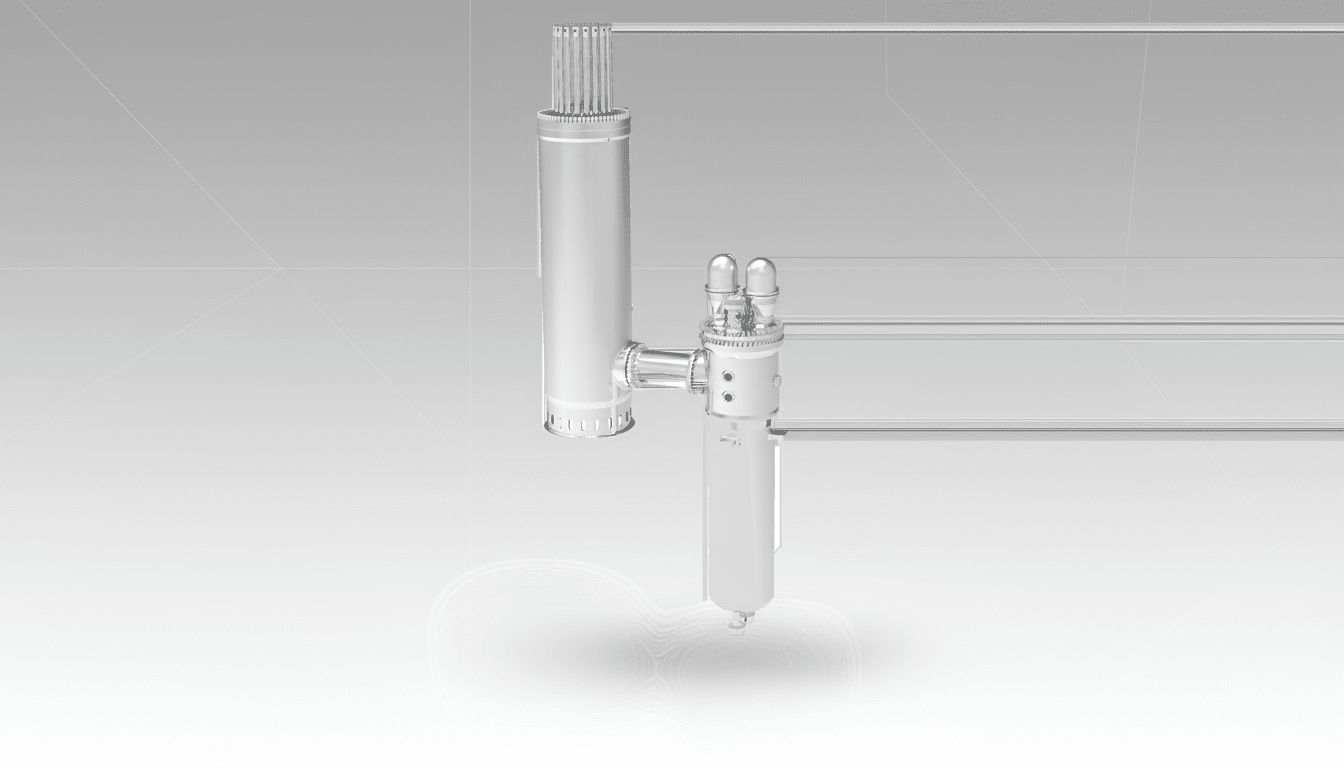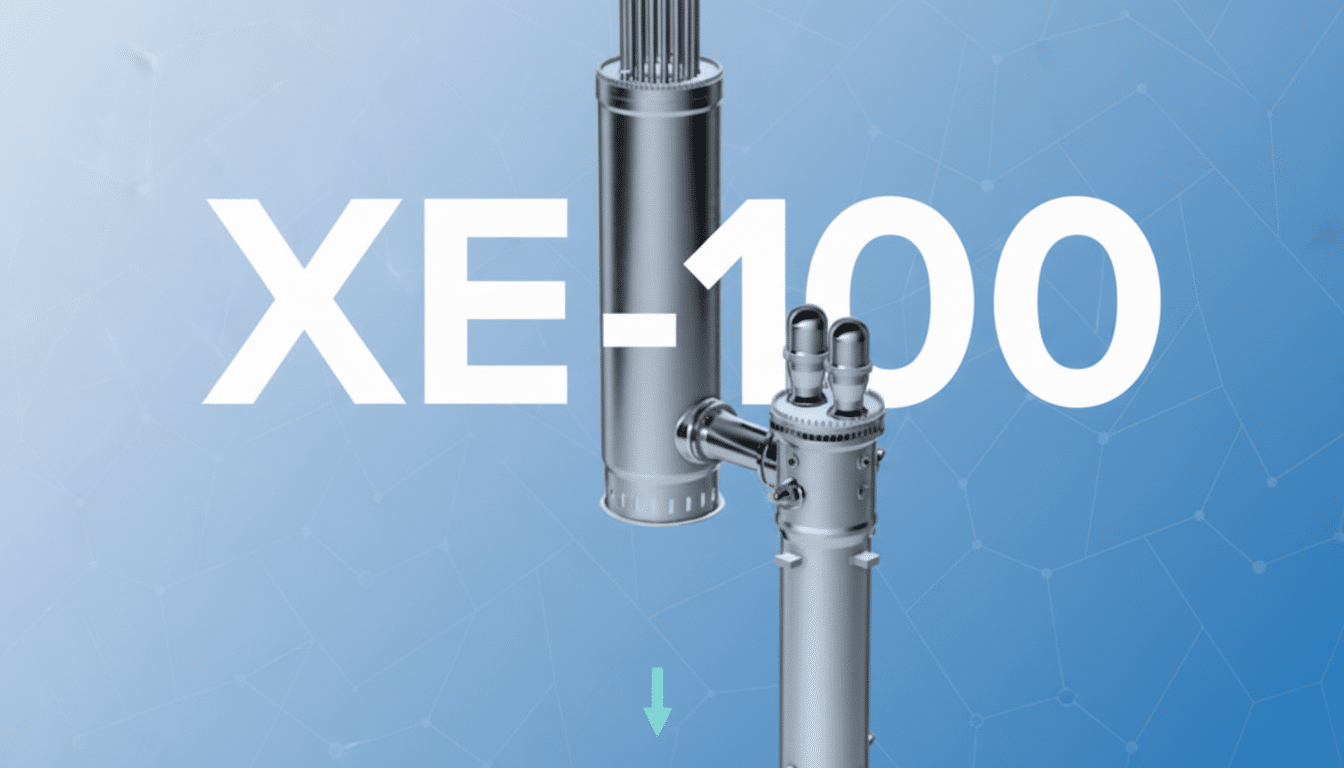X-energy recently secured $700 million in new funding, inspired by a renewed global interest in nuclear power and an increased demand from data centers. The Series D follows less than a year after the company increased its Series C from $500 million to $700 million — taking its total raised over the last 12 months to around $1.4 billion, and total funding since its founding in November 2016 at $1.8 billion. The company said the new funding will electrify the supply chain for its small modular reactors.
Creating a Supply Chain for an SMR Build Program
X-energy said it had orders for 144 of the high-temperature, gas-cooled SMRs totaling some 11 gigawatts of capacity — a pipeline that depends on standing up manufacturing, reactor fuel and component vendors. The company intends to direct the funding toward long-lead items, fabrication partnerships and qualified suppliers in what is usually a critical stage for nuclear projects to hit schedules that frequently fall behind due to procurement logjams. The company is also becoming a cornerstone supplier rather than a one-off project developer as it matures its backlog.
- Creating a Supply Chain for an SMR Build Program
- Tech Demand Becomes Firm Orders from Hyperscalers
- How the Xe-100 Works and Delivers Modular Power
- Investors Lean In as Series D Round Attracts Capital
- Regulatory and Fuel Realities Facing Advanced Reactors
- Nuclear’s Second Act Takes Shape Amid Fresh Momentum

That approach draws on the lessons of earlier nuclear buildouts: modular designs, repeatable construction and early pre-commitments to special materials. Industry analysts have continually cautioned that the best order books will not take off without domestic fuel and component capacity, particularly for advanced reactors (which are dependent on next-gen materials and enriched fuel).
Tech Demand Becomes Firm Orders from Hyperscalers
The company has customers such as Amazon, Dow and UK-based Centrica. Through its Climate Pledge Fund, Amazon previously invested in X-energy’s Series C and said it would purchase over 600 megawatts of nuclear capacity in the Pacific Northwest and Virginia, with a potential pathway to reach 5 gigawatts by 2039. That scale shows how AI and cloud growth are recasting power markets, forcing the hyperscalers to look for firm carbon-free baseload beyond wind and solar.
Industrial customers are central to X-energy’s plan as well. Dow has done early-stage work on where Xe-100 units could be sited to provide both electricity and high-temperature steam, showing how process heat (which is often challenging to decarbonize) might prove a trump card for advanced reactors over traditional gigawatt-scale nuclear plants.
How the Xe-100 Works and Delivers Modular Power
X-energy’s Xe-100 is a high-temperature, helium-cooled, pebble-bed reactor rated to generate 80 megawatts of electricity per module. Fuel is in the form of billiard ball-sized, carbon-coated pebbles that hold uranium particles designed to trap fission products at very high temperatures. Helium moves through the core to carry away the heat and is directed toward a steam turbine that generates electricity.
A standard four-pack produces 320 megawatts of electricity and can be optimized for industrial steam, district heat or future hydrogen generation.
Its modular design is intended to shorten construction schedules and support repeatable factory manufacturing — two prerequisites if nuclear costs are to come down after decades of custom-built, site-specific projects.

Investors Lean In as Series D Round Attracts Capital
The round was led by Jane Street, which also invested in the company’s larger Series C. Other participants include:
- Ares Management
- ARK Invest
- Corner Capital
- Emerson Collective
- Galvanize
- Hood River Capital Management
- NGP (Natural Gas Partners)
- Point72, representing its founder Steve Cohen
- Reaves Asset Management
- Segra Capital Management
- XTX Ventures
The mix of investors ranges from public-markets specialists to climate-focused funds, with all expressing confidence that nuclear’s role in decarbonization is shifting from policy aspiration toward a commercial reality.
Regulatory and Fuel Realities Facing Advanced Reactors
But despite the momentum, SMRs have not escaped deployment challenges. There are only a few SMR projects around the world, and there are none operating in the United States. By contrast, Canada’s Ontario Power Generation has launched early-site activities for GE Hitachi’s BWRX-300, and Japan and China have fielded high-temperature gas-cooled reactors rooted in X-energy’s design.
Fuel supply is another constraint. Many advanced designs rely on high-assay low-enriched uranium, and U.S. production is relatively scant. The U.S. Department of Energy (DOE) has introduced measures to help generate domestic production of HALEU, and a demonstration line by Centrus Energy has started first-stage production but is small in comparison with forecast demand. X-energy’s supply chain investments will need to correspond with these fuel ramp timelines in order to stay on plan.
Nuclear’s Second Act Takes Shape Amid Fresh Momentum
The Series D underscores how fast nuclear has gone from speculative to strategic for industrial, power-hungry sectors. Following high-profile failures — among them the cancellation of a flagship SMR project in the U.S. — developers with real customers, replicable designs and fuel strategies are finding funding. If X-energy can turn its order book into on-time deployments, it would represent a critical proof point for advanced nuclear in North America.
For now, the company’s challenge is more operational: get manufacturing lined up, qualify suppliers and achieve alignment between regulators, utilities and industrial buyers on a build cadence that can scale. With another $700 million in the bank and blue-chip customers waiting in line, X-energy has the runway to give it a go.

